Ask Astronaut Tim Peake
A Guide to Life in Space
By Lauri Lyons
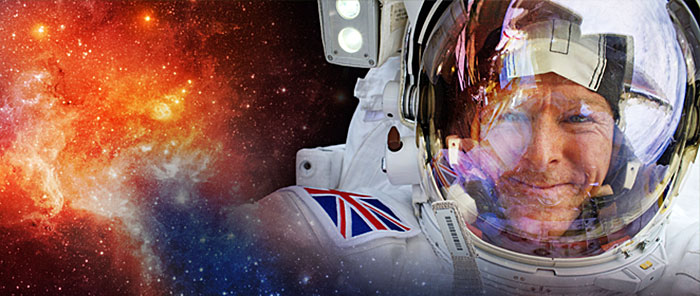
Tim Peake is a European Space Agency astronaut and former British Army officer, who completed a historic mission to the International Space Station in 2016. Since his return to Earth, Tim has been asked thousands of questions about what it is like to travel in space. His book Ask An Astronaut answers many of our curious questions with wit, candor, and facts.
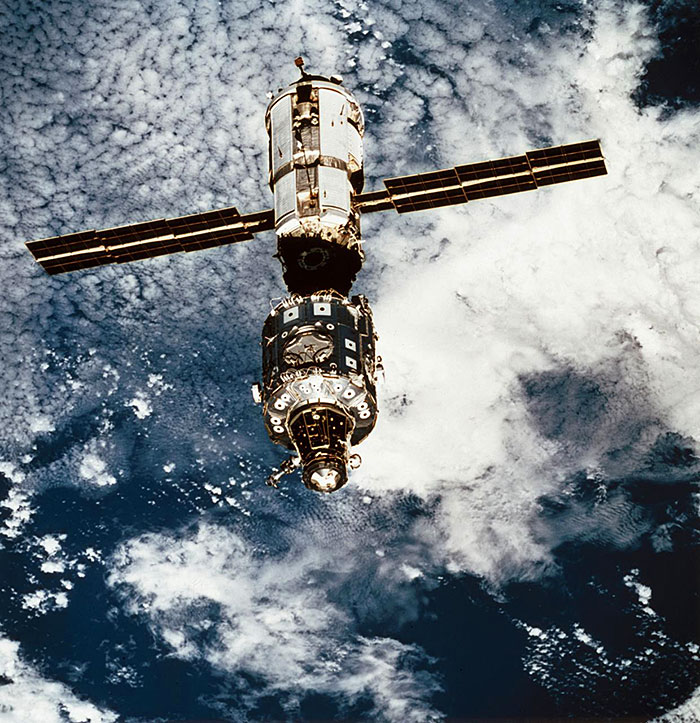
What is the International Space Station?
It is the largest and most sophisticated spacecraft in history, a cutting-edge science laboratory, and a home in space for astronauts.
How long do astronauts spend in quarantine before launch?
The purpose of astronaut quarantine before a mission is to ensure that the prime crew remain fit and healthy, arriving at the ISS free from virus or infection. The length of time spent sequestered is usually around two weeks.
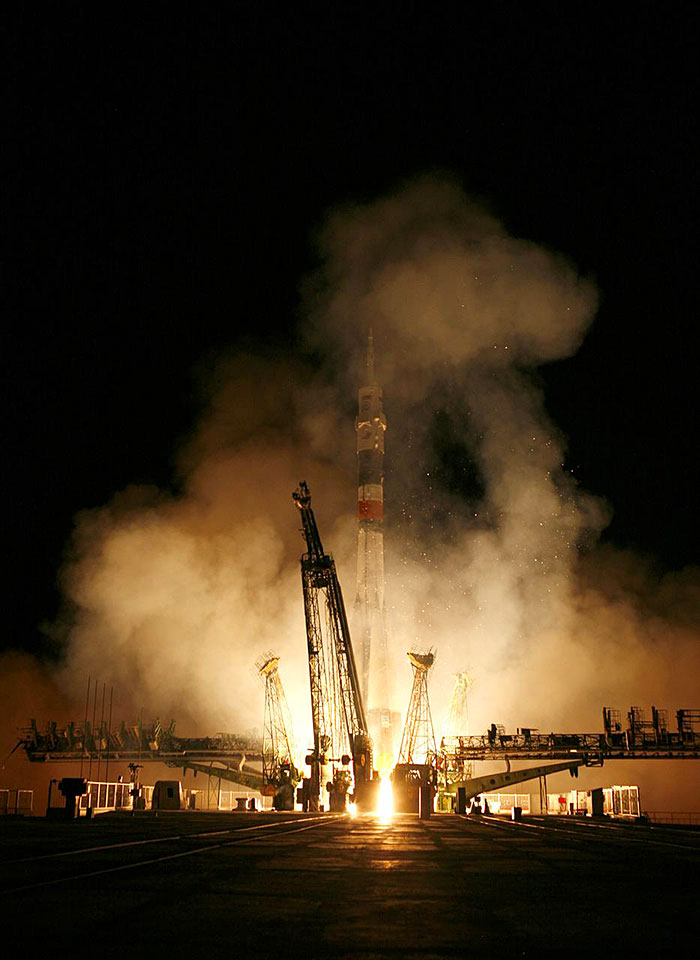
Why do astronauts launch from Kazakhstan?
The Baikonur Cosmodrome, situated in the desert steppe of southern Kazakhstan, is the world’s first and largest operational space launch facility. Ever since the American Space shuttle programme ended in 2011, it has been the only launch site in the world used to ferry crew to the International Space Station. What makes the launches at the Cosmodrome particularly dynamic are the visual pyrotechnics. Unlike some other launch sites where water is housed under the rockets at ignition, to souse the flames and muffle the sound at Baikonur, they don’t use water because of the desert setting. This makes for a fiery lift-off!
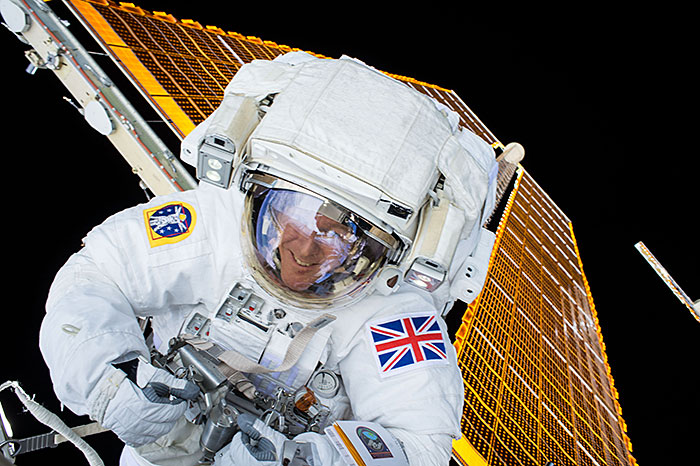
What surprised you the most when you first got into space?
During my first orbit of planet Earth, I looked out of my right seat window and the thing that surprised me the most was just how black space appeared during the daytime. It’s the blackest black you could possibly imagine, and it looks truly remarkable. Even on our darkest nights, our atmosphere gives a faint emission of light, called ‘airglow’, and this optical phenomenon causes the night sky never to be completely black. When I looked out into space I was simply rewarded with a vista of black ink.
During my spacewalk it felt almost intimidating being on the farthest edge of the space station and having this dark abyss of space lurking over my right shoulder, it was certainly a good incentive not to let go!
Did you feel unwell when you first got into space?
During the first 24 hours in space most astronauts will experience some dizziness, disorientation, and perhaps the occasional stomach emptying. I remember unstrapping my harness and enjoying those first feelings of weightlessness.
How do you go to the toilet in space?
First, we do enjoy some privacy, since the loo is screened off in an area about the size of a telephone booth. Inside, there are some foot restraints that we use to keep ourselves stable (the fewer things floating around, the better). We pee into a hose that has a conical-shaped receptacle with a switch on the side. The most important thing to remember is to first turn the switch which operates a fan. Airflow is your friend and keeps everything moving in the right direction. Once you have suction going into the hose, it’s simply a case of maintaining good aim.
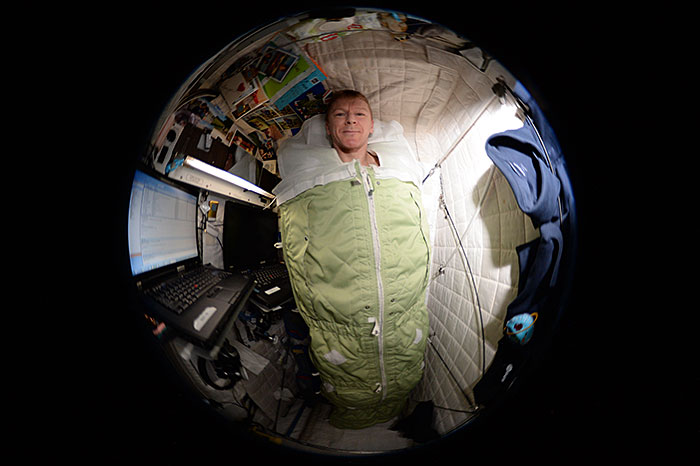
What’s it like to sleep in space?
Astronauts on board the ISS each have a designated crew quarter, which is about the size of a small shower cubicle. Some astronauts prefer to be strapped more securely to a wall in their crew quarter, and others elect to be completely detached and floating around all night, at the risk of bouncing off a wall in the middle of the night.
The biggest hurdle to overcome is falling asleep. Astronauts spend all day floating and when it’s time to sleep in space, your body does not receive the usual triggers of lying down and putting your head on a pillow to help you fall asleep. All you can do is turn off the lights and carry on floating. Astronauts have even been known to strap a make-shift pillow to their head to help give the bod that extra trigger to encourage you to sleep.
What is the grossest thing about living in space?
By far the grossest thing about living in space is watching the soles of your feet disintegrate during the first couple of months in space. We hardly use the soles of our feet on the space station, and there is seldom any weight on them (except when we exercise). All of the dead, hard skin that builds on the soles of our feet start coming off and there are dead skin flakes ejected into the cabin. Because nothing sinks to the floor in microgravity, the skin would just hang around until the airflow gradually pulls it towards one of the return air filters.
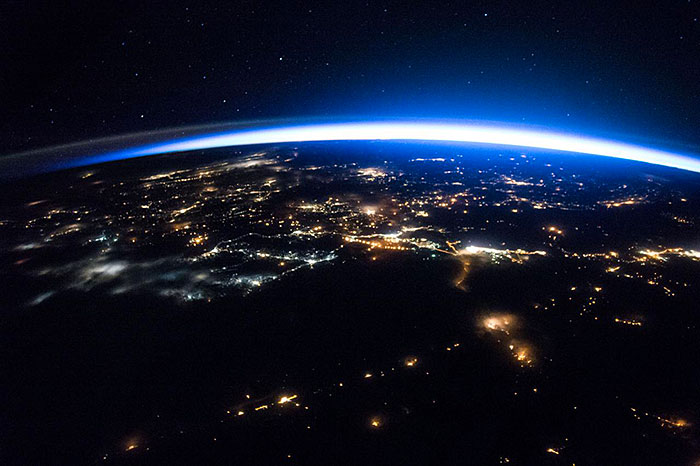
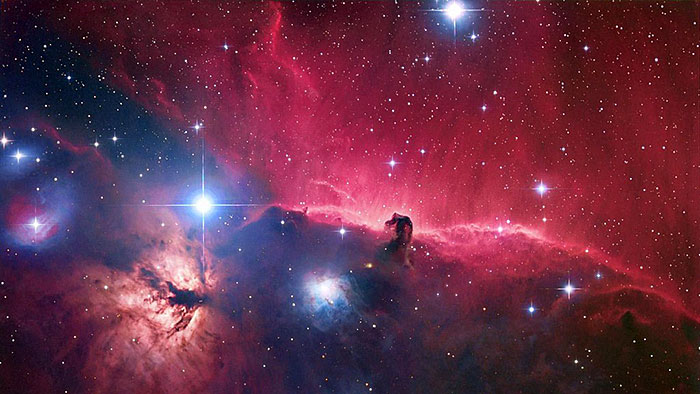
What was your favorite pastime in space?
Without a doubt, my favorite pastime in space was photography. Viewing our beautiful planet from space is a rare privilege and, since the space agencies invest so much time, effort and money in training astronauts, it was no surprise that we received a comprehensive package of photography training before our mission. Before the time I launched into space, I was reasonably competent at handling our camera of choice on board the ISS, the Nikon D4.
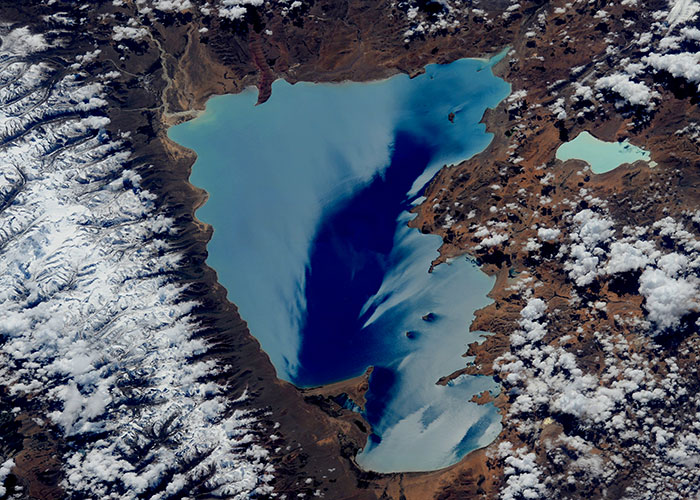
Some aspects of photography were much easier in space; we were provided with high-quality cameras and lenses, pure, unfiltered white light from the Sun and the most stunning subject in the solar system - Earth! However, moving at ten times the speed of a bullet often made things tricky with very little time to identify and photograph targets. Often to capture those more elusive shots of volcanoes, pyramids, glaciers or cities, required meticulous planning. Whilst this took time and patience to perfect, the rewards were spectacular.
Was there anything that surprised you on a spacewalk?
There was one point during a spacewalk I descended along a thin metal spur that connects the main truss section to the airlock. Halfway along this exposed spur I looked down and noticed Australia passing beneath me and I felt a sudden tinge of vertigo.
I tightened up my grip on the handrail. It made me smile because seeing an entire continent 400km beneath my feet caught me by surprise. NASA astronaut Chris Cassidy had advised me if that ever happened, to wiggle my toes and it would make me relax my grip, and it worked!
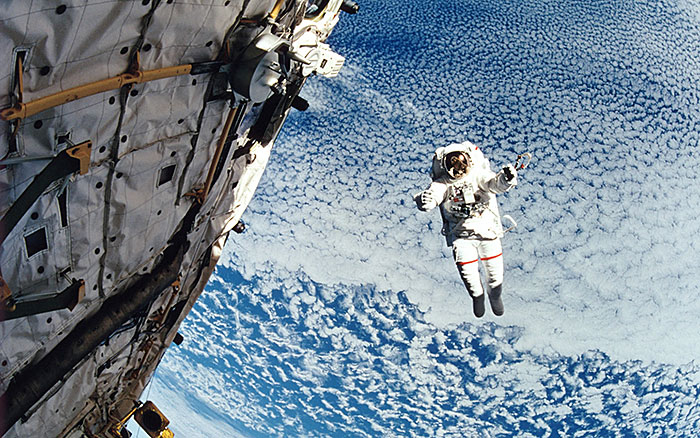
What would happen if you fell off the space station?
Falling off a space station is most astronauts worst nightmare. Left to the laws of physics, an astronaut would eventually die, most likely asphyxiated after several hours because the spacesuits ability to scrub carbon dioxide from the atmosphere slowly failed or the battery power ran out. It is no surprise that we go to extraordinary lengths to ensure that astronauts do not go tumbling off into space to suffer a a lingering death.
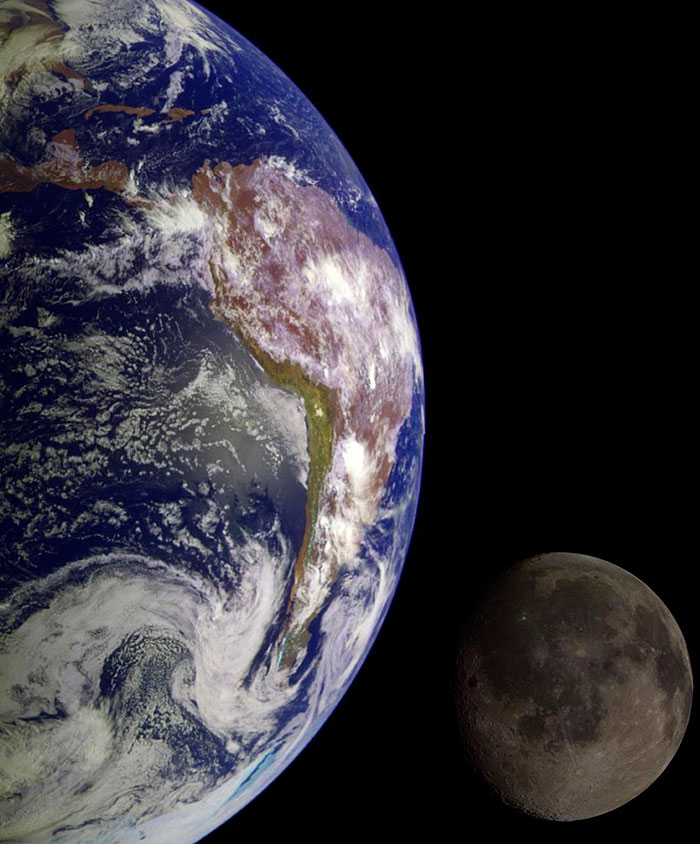
How many times did you go around the Earth during your flight?
I was in space 186 days. The ISS orbits Earth 16 times per day, so that equates to 2,890 orbits around the Earth.
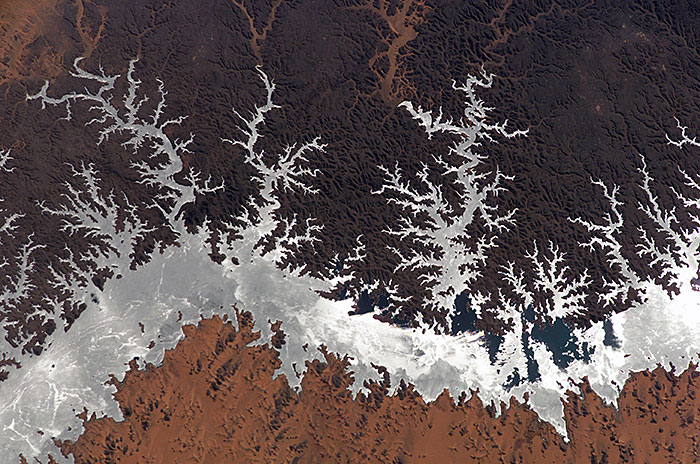
Can you see the Great Wall of China from space?
Unfortunately, not with the naked eye. Once you know where to look you can use an 800mm focal-length camera lens and then take photos of the Great Wall of China, the Egyptian Pyramids, and the Nile delta.
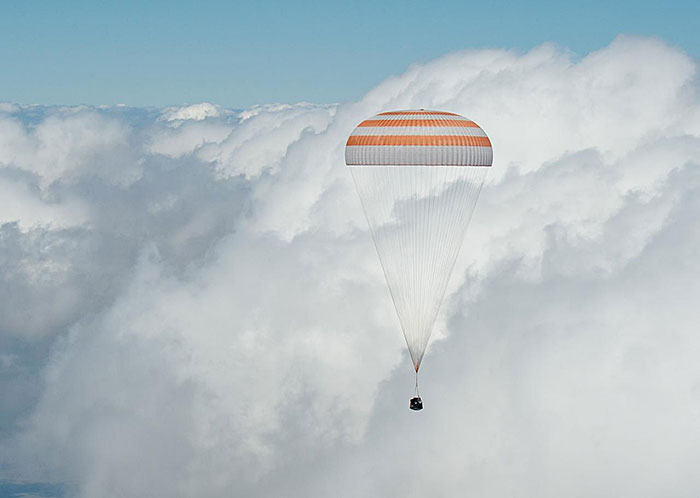
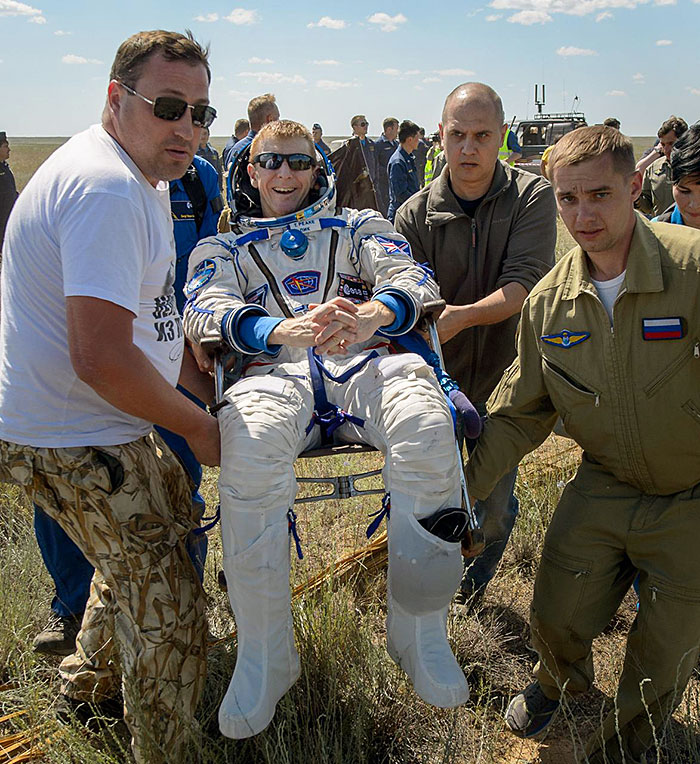
How long does it take to get back to Earth?
Returning to Earth for the ISS is a surprisingly quick journey. Our spacecraft undocked at 05:46 GMT and we landed on the steppe of Kazakhstan, not far from where we had launched 186 days earlier, at 09:15 GMT the same day. It had just taken three and a half hours to return to Earth. That’s shorter than a commercial flight from London to Moscow.
Photos © ESA/NASA, Tim Peake, Getty Images
